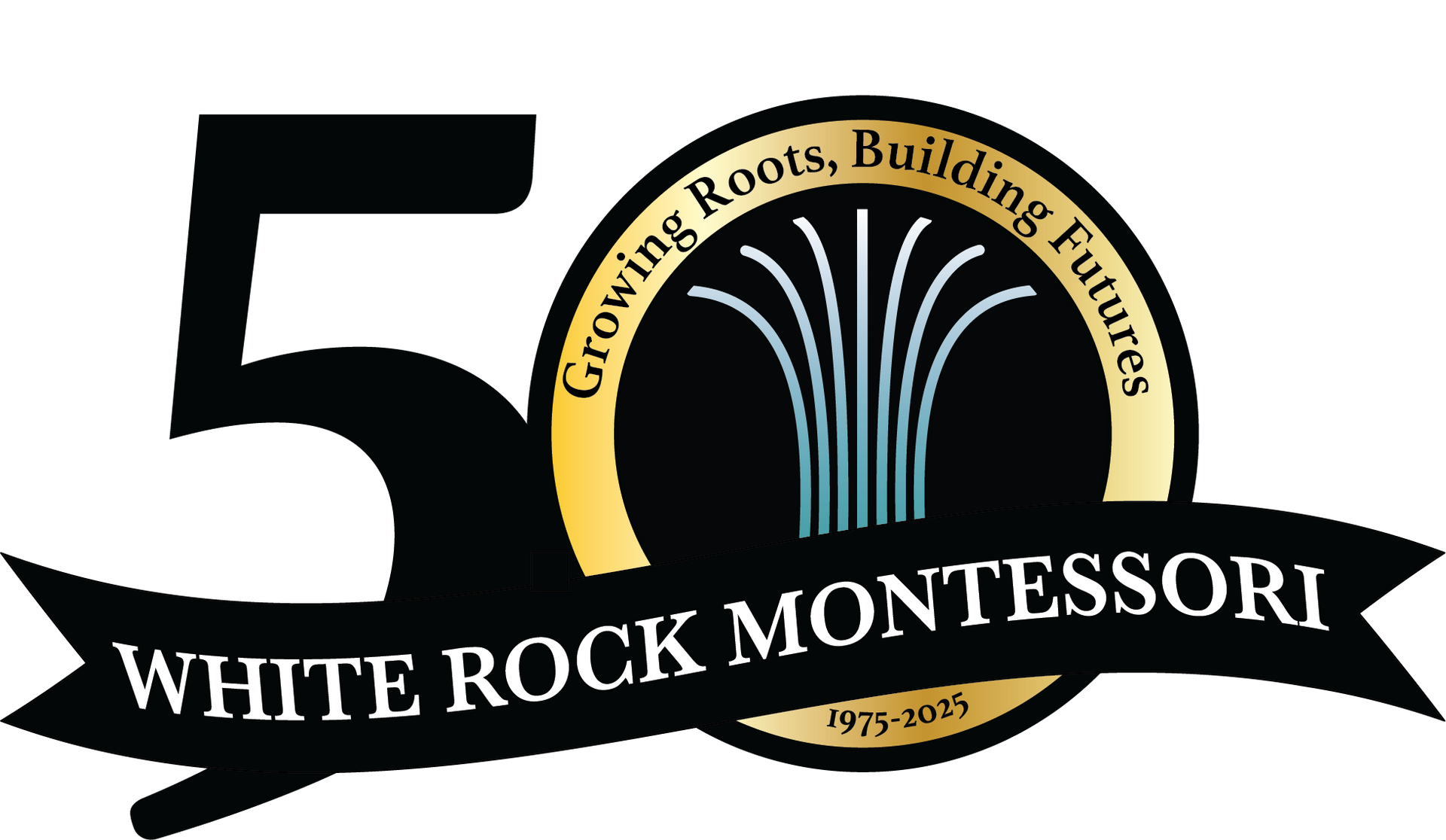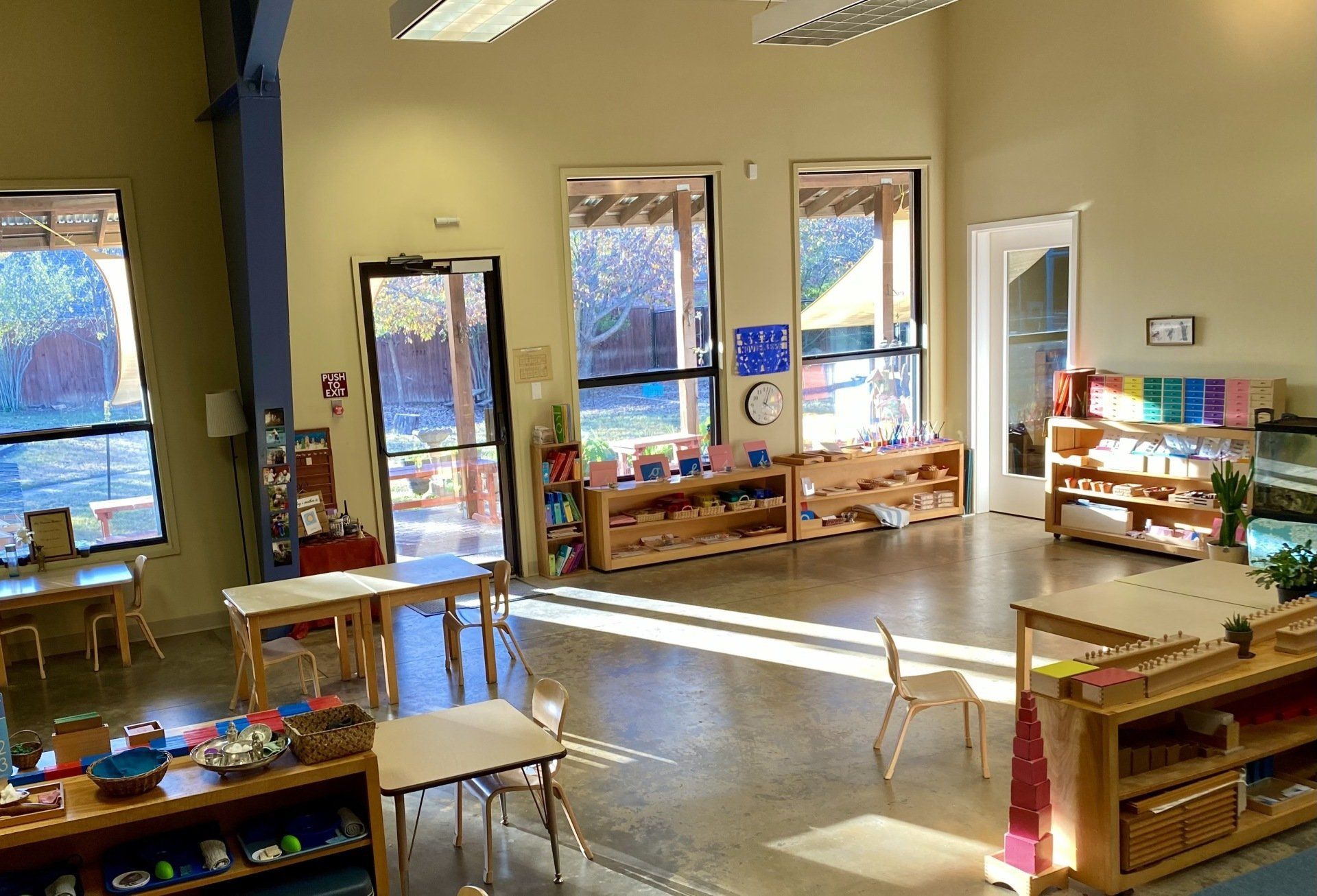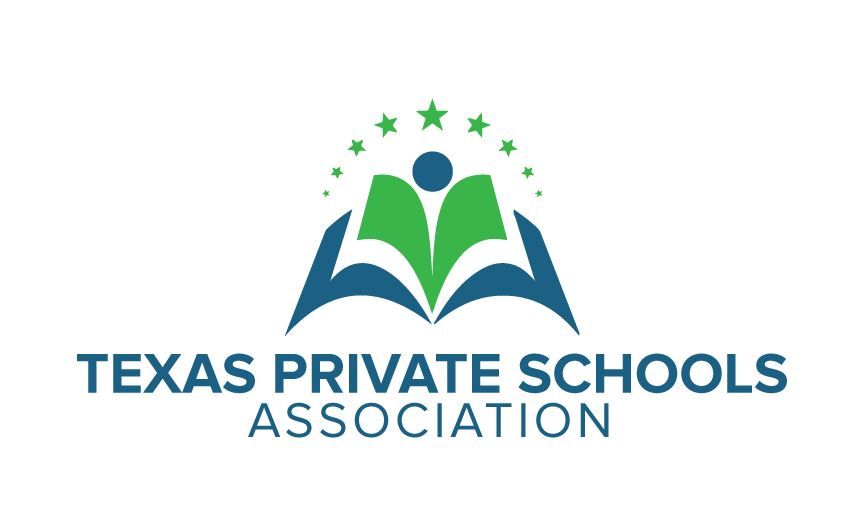Primary
3 - 6 years old

Dr. Maria Montessori called the period between birth and age 6 the first plane of development. She characterized children of this age as having an “absorbent mind,” the ability to literally absorb, like a sponge, all kinds of information about their environment and culture.
Our carefully prepared, mixed-age classrooms contain the many materials scientifically developed by Dr. Maria Montessori. The teacher guides the children’s work which allows them to move forward at their own pace. The students become self-confident, and enthusiastic and joyful learners. The oldest children in the Primary classroom are leaders, role models and helpers for the younger children, and the younger children look up to and learn from their older peers.
Care and respect for self, others, and the environment are presented within the curriculum. These are seen in basic self-care skills, social skills, and care for materials in the classroom. The students learn to trust themselves, to recognize their own competence, to make decisions and to understand how their behavior affects others.
*Children must be toilet trained.
Characteristics
of WRM Primary Environments
- Two preschool classrooms, each consisting of around twenty-five children, ages 3-6
- Two Montessori-certified teachers in each classroom; the student/teacher ratio is 13:1
- Weekly classes with faculty specialists in music & Spanish
- All children attend five days per week, 8:00am-3:00pm
- Classrooms are self-paced/individualized
- WRM offers Before Care as early as 7:00 A.M. and Daycare until 3:00 P.M. or 6:00 P.M.
Curriculum
Dr. Maria Montessori believed that children have the innate ability to explore and learn on their own. The adults in the classroom act as guides for the child, showing new ways to explore the core curriculum areas: Practical Life, Sensorial, Math, Language and Culture.
Practical Life
Practical life activities are deliberately designed to have a long series of individual steps. Everything is ordered logically, from left to right, top to bottom (this also prepares the child to follow from left to right when learning to read). The Practical Life area instills care for oneself, others, and the environment through everyday living activities such as pouring, sweeping, tying, threading, spooning, zipping and buttoning. These activities foster concentration, coordination, and fine motor skills. Additionally, they lay the foundation for future academic work as these tasks promote concentration, order, and a healthy work cycle.
Sensorial
Young children use their senses to explore the world. They enjoy the beautiful sensorial materials and learn to compare and contrast, to discern slight differences, to refine information obtained through their senses, and to order and classify sensorial impressions. Montessori materials provide a bridge from the known to the unknown, and children evolve gradually from concrete, experience-based learning toward increasingly abstract thought.
All materials are a concrete representation of a single concept such as texture, length or quantity. For example, the Pink Tower is made up of ten graduated wooden cubes that vary only in size - not by color, pattern or any other detail that could distract the child from focusing on stacking the cubes from largest to smallest. The "self correcting" design of the materials allows for any error made in their use to be obvious without intervention from a teacher. Errors are viewed as a necessary and helpful part of the learning process.
Language
Language expands as children see, smell, taste, hear, touch and further explore the materials. They begin to classify and eventually name objects and attributes in their environment, such as colors, shapes, dimensions and textures. One example of this is the Sandpaper Letters which associates each spoken sound with its symbol (letter) while providing tactile, auditory and visual connections that support the development of writing and eventually reading.
Math
Young children are intrigued by math - knowing "how much" or "how many" provides another dimension for understanding the world. Montessori materials and lessons help children to understand math concepts through manipulation of sequential hands-on materials. This builds a secure foundation of math principles, skills and problem-solving abilities.
Culture
Cultural subjects, including science, geography, history, music and art are integrated into the child's daily experience. They develop a sense of respect for differences and understand that all cultures share similar needs - food, clothing, and shelter. Young children are natural scientists. Watching and caring for classroom pets and plants creates an interest in science lessons and a reverence for life. Children in the primary classroom receive classes with an environmental education specialist each week.
Art, Music and Spanish
The Primary Program integrates art, music, Spanish and movement throughout the morning to give the children an opportunity for creative and joyful self-expression. This can include dancing, singing, and read-aloud during group time.






